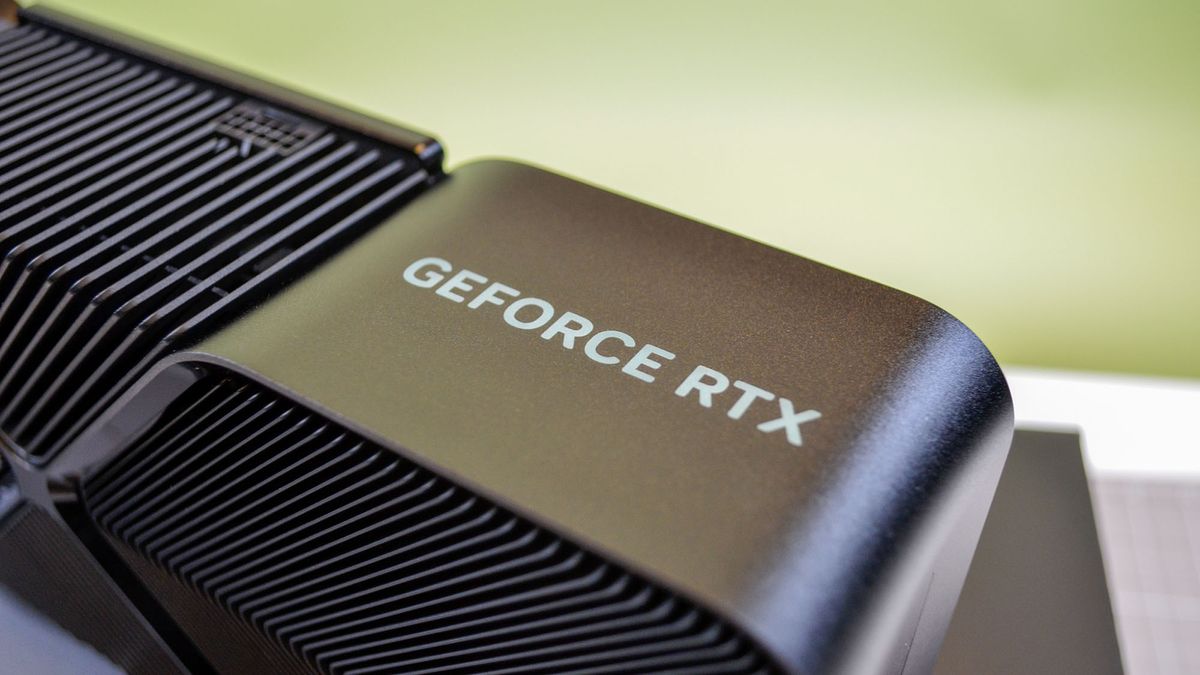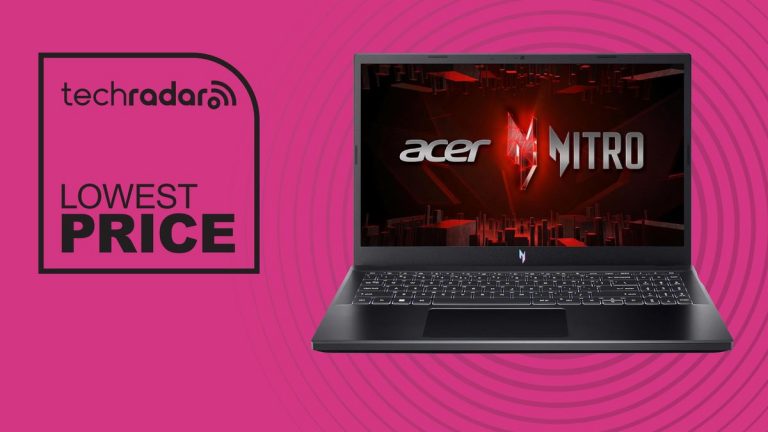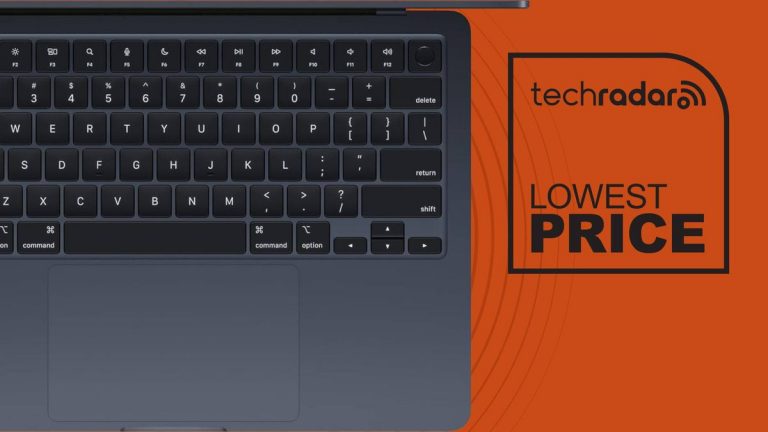Boosting Nvidia RTX 5080 Performance with Faster Video RAM Expected Despite Uncertainty

Nvidia’s Rumored RTX 5080: Faster Memory Bandwidth Than Expected?
In a surprise twist in the ongoing rumor mill saga surrounding Nvidia’s next-generation graphics card, whispers have emerged that the RTX 5080 might just boast faster video memory speeds than initially expected. If this latest gossip is anything to go by, Nvidia’s GeForce RTX 5080 is set to pack a punch with a whopping 16GB of GDDR7 VRAM, clocked at an impressive 32Gbps. To put this in perspective, this would dwarf the previously speculated 28Gbps memory speed for the RTX 5080.
Breaking It Down: The Numbers Crunch
The math is in: with a 256-bit memory bus and a 32Gbps video memory speed, the total bandwidth for the RTX 5080 would – just – surpass the fabled 1TB/s mark (1,024GB/s). For perspective, the RTX 4080 manages a modest 736GB/s of total memory bandwidth. Clearly, Nvidia’s RTX 5080 is expected to offer a significant increase in memory bandwidth.
Another interesting aspect of this development is the supposed memory specification for the RTX 5090, which could use 28Gbps memory but feature a massive 512-bit memory bus. This would result in an even higher total memory bandwidth for the RTX 5090, putting it comfortably ahead of its lower-tier counterpart.
Compensation from Nvidia?
So, why is Nvidia choosing to opt for this higher video memory speed? The speculation is rife: by using faster memory, Nvidia might be attempting to make up for the less-than-stellar core count on the RTX 5080, which could leave some doubting its ability to rival the performance of the high-end RTX 4090.
The Outlook: Memory Matters
On one hand, the rapid progress in video memory technology means we’re seeing impressive performance boosts without the need for dramatic architectural changes. On the other hand, it’s clear that this trend has been driven mainly by advancements in memory chips rather than radical innovations at the GPU level.
Whether or not this strategy pans out for Nvidia remains to be seen. One way or another, the landscape is changing rapidly, with even AMD, traditionally stuck in the slow lane in terms of graphics processing innovations, catching up with incredible speed. It’s undeniable that Nvidia needs to take drastic measures to stay competitive.
Pricing Implications and What’s Ahead
Until Nvidia reveals their pricing strategy for the RTX 5080 (and 5090, for that matter), this rumor mill will continue spinning. With so many twists and turns in the last few weeks alone, who knows what other surprises may await us?
Will Team Green surprise us with aggressive pricing, finally making those coveted xx80 series cards more accessible to the average consumer? Only time (and, more importantly, Nvidia’s CEO Jensen Huang) will tell. We’ll have to wait for CES 2025 – or potentially an earlier leak – to uncover the complete picture.






